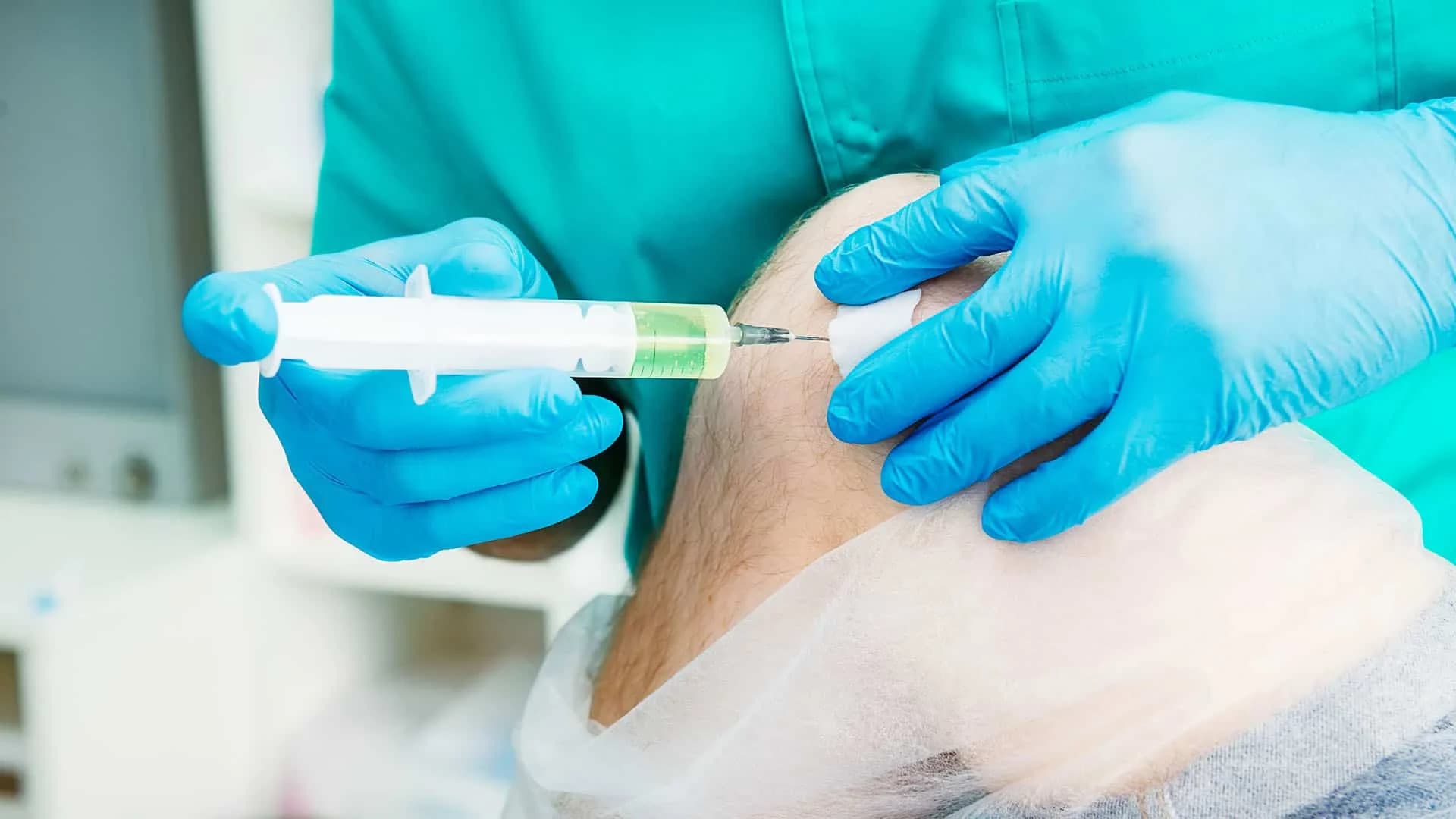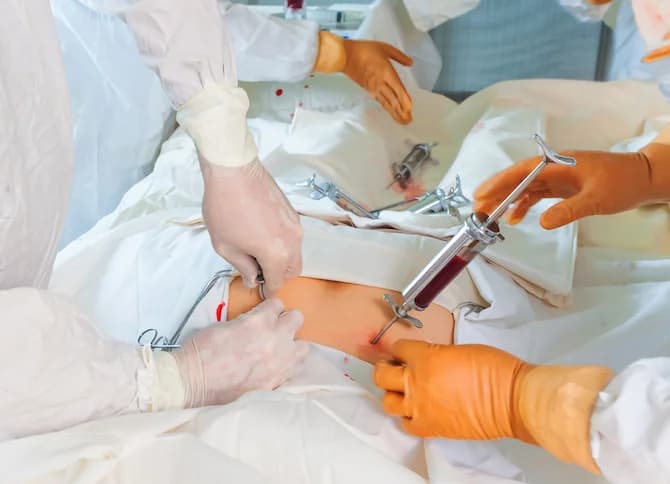Bone marrow transplant or stem cell transplant, a procedure of infusing healthy blood-forming stem cells into the body to replace damaged or diseased bone marrow, is needed for patients with certain cancers or other diseases. Bone marrow transplants may use cells from your own body (autologous transplant) or a donor (allogeneic transplant). The purpose of BMT is to transfer healthy bone marrow cells into a patient after their own unhealthy bone marrow has been treated to kill the abnormal cells. There are two types of BMT:
Allogeneic stem cell transplant
Autologous stem cell transplant
What is bone marrow?
The soft, spongy tissue found inside bones is your bone marrow, which develops and stores most of your body’s blood cells. The blood cells that make other blood cells are called stem cells. It is the stem cells that are needed in bone marrow transplants.

Why is a bone marrow transplant performed?
A bone marrow transplant may be used to:
Allowing safe treatment of your condition with high doses of chemotherapy or radiation by replacing or rescuing the bone marrow damaged by treatment
Replace diseased or damaged marrow with new stem cells
Provide new stem cells, which can help kill cancer cells directly
A bone marrow transplant may benefit those suffering from, cancerous (malignant) and noncancerous (benign) diseases, such as:
Acute leukemia
Adrenoleukodystrophy
Aplastic anemia
Bone marrow failure syndromes
Chronic leukemia
Hemoglobinopathies
Hodgkin's lymphoma
Immune deficiencies
Inborn errors of metabolism
Multiple myeloma
Myelodysplastic syndromes
Neuroblastoma
Non-Hodgkin's lymphoma
Plasma cell disorders
POEMS syndrome
Primary amyloidosis

Why is a bone marrow transplant needed?
When the doses of chemotherapy or radiation needed to cure a cancer are so high that a person's bone marrow stem cells will be permanently damaged or destroyed by the treatment, a bone marrow transplant may be needed. A bone marrow transplant can be used to:
Replace diseased, nonfunctioning bone marrow with healthy functioning bone marrow (for conditions such as leukemia, aplastic anemia, and sickle cell anemia).
Regenerate a new immune system that will fight existing or residual leukemia or other cancers not killed by the chemotherapy or radiation used in the transplant.
Replace the bone marrow and restore its normal function after high doses of chemotherapy and/or radiation are given to treat a malignancy. This process is often called rescue.
Replace bone marrow with genetically healthy functioning bone marrow to prevent more damage from a genetic disease process (such as Hurler's syndrome and adrenoleukodystrophy).
The risks and benefits must be weighed in a thorough discussion with your healthcare provider and specialists in bone marrow transplants before the procedure.

What does a stem cell transplant involve?
During an allogeneic transplant, healthy stem cells will be taken from the blood or bone marrow of a person with a similar tissue type and transferred to the patient. Also, an autologous transplant is when stem cells are removed from your own body, and (after removing damaged or diseased cells have been removed) transplanted later on. A stem cell transplant has 5 main stages:
Tests and examinations: to assess your general level of health
Harvesting: the process of obtaining the stem cells to be used in the transplant, either from you or a donor
Conditioning: treatment with chemotherapy and/or radiotherapy to prepare your body for the transplant
Transplanting the stem cells
Recovery Having a stem cell transplant can be an intensive and challenging experience. You'll usually need to stay inhospital for a month or more until the transplant starts to take effect and it can take a year or 2 to fully recover.

What are the risks of bone marrow transplants?
A bone marrow transplant poses numerous risks. Some people experience minimal problems with a bone marrow transplant, while others can have serious complications that require treatment or hospitalization. Sometimes, complications are life-threatening. Possible complications from a bone marrow transplant include:
Graft-versus-host disease (allogeneic transplant only)
Stem cell (graft) failure
Organ damage
Infections
Cataracts
Infertility
New cancers
Death Your doctor can explain your risk of complications from a bone marrow transplant. Together you can weigh the risks and benefits to decide whether a bone marrow transplant is right for you.
Conclusion
In conclusion, bone marrow transplantation is a critical procedure that can be a lifesaver for patients suffering from certain types of cancers and blood disorders. It involves the transfer of healthy bone marrow cells into a patient whose bone marrow is not functioning properly. The procedure, while complex and requiring a compatible donor, has seen significant advancements over the years, improving both survival rates and quality of life for recipients. However, it’s not without its challenges, including the risk of graft-versus-host disease and the long-term effects of immunosuppression. Therefore, patients must be thoroughly informed about the procedure, its potential benefits, and risks. Ongoing research and development in this field are crucial to further enhance the efficacy and safety of bone marrow transplantation.